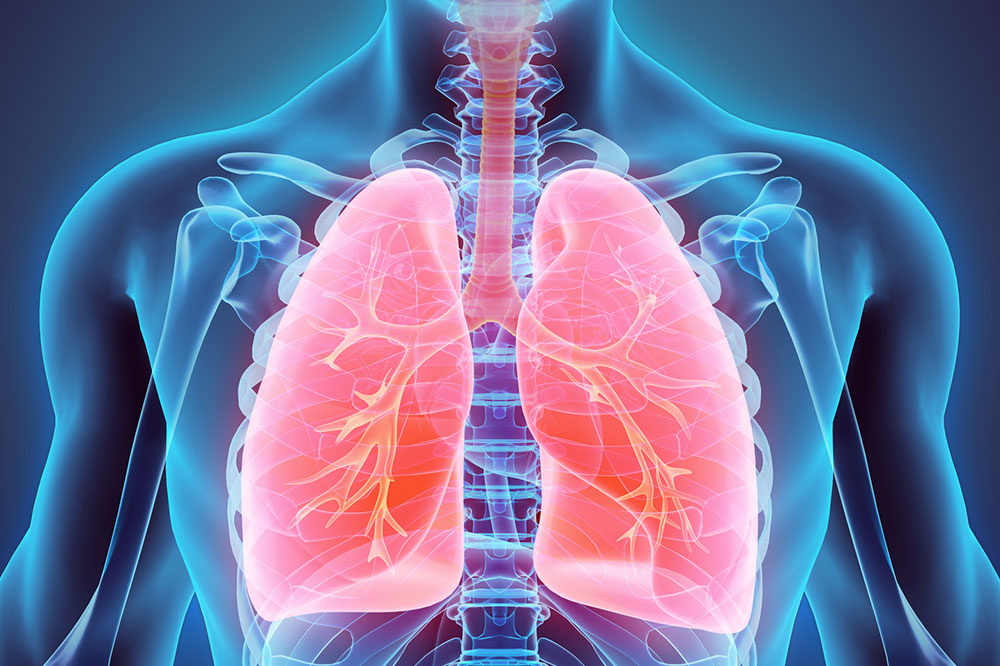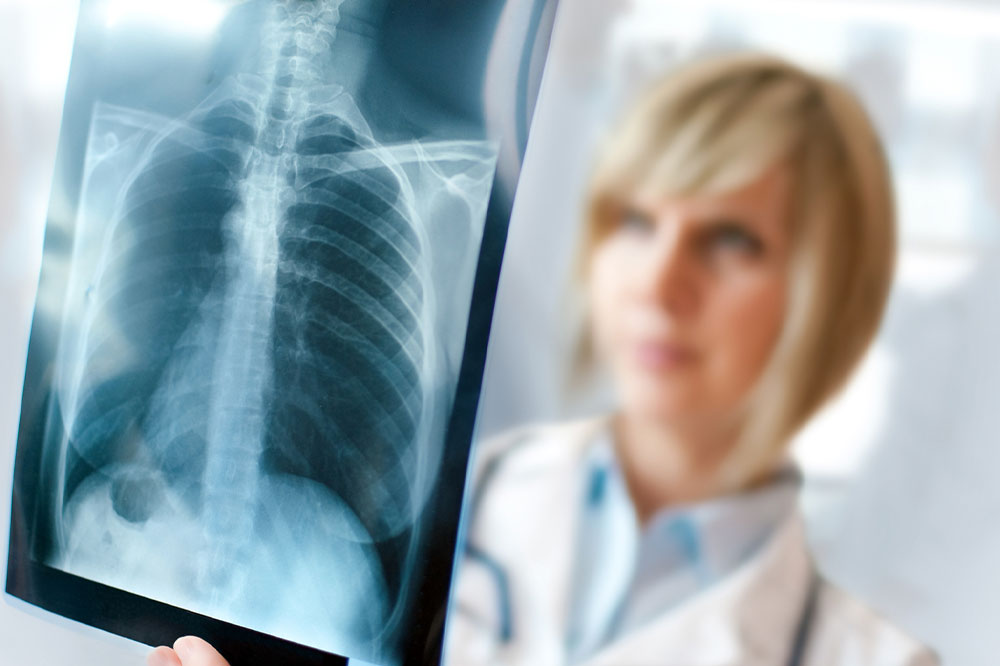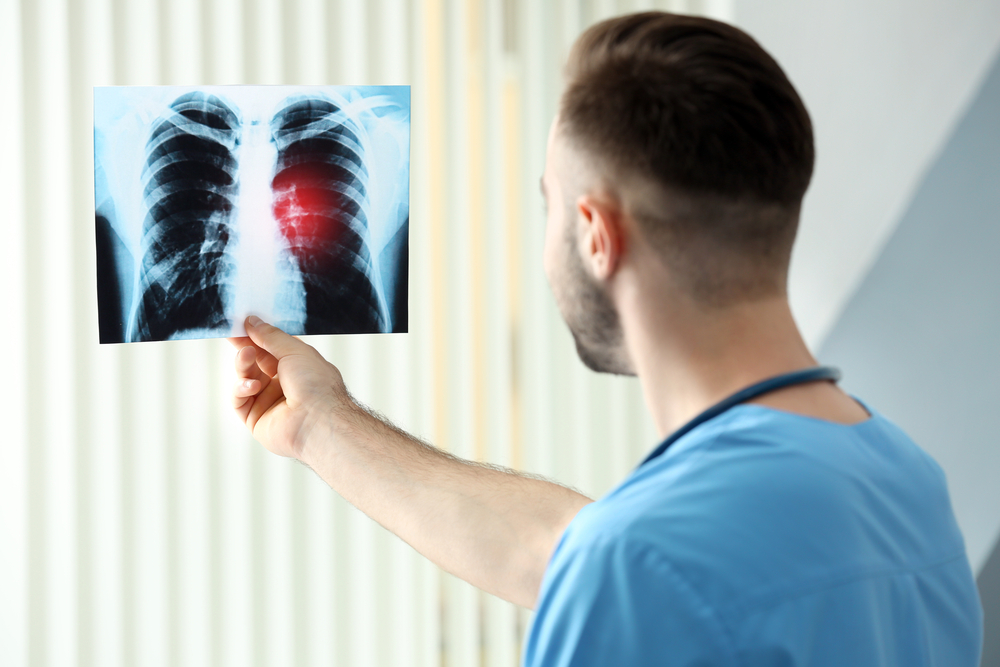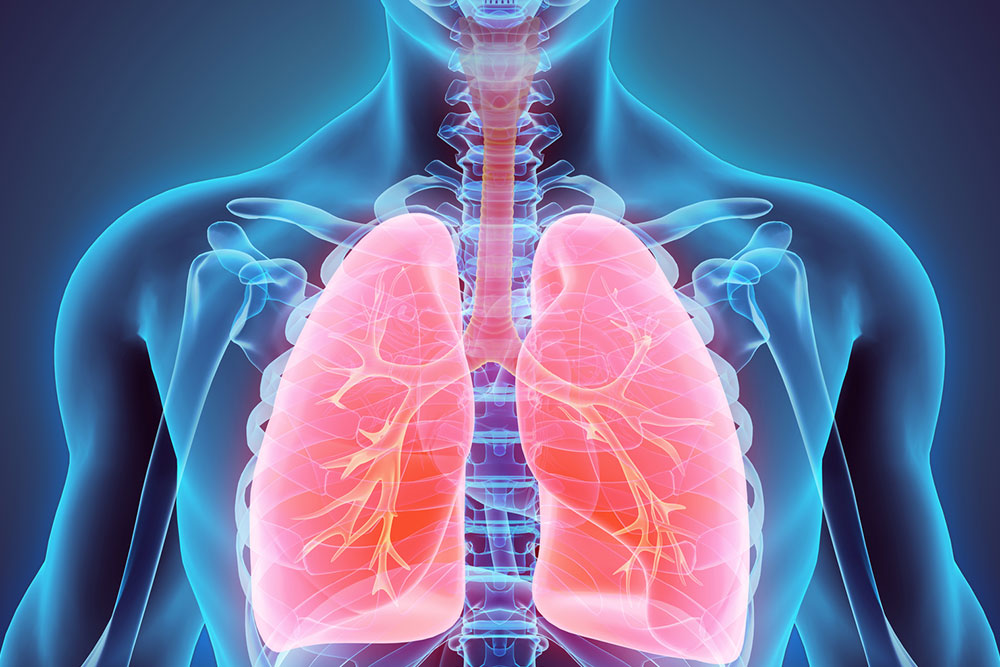Comprehensive Overview of Lung Cancer: Causes, Symptoms, and Advanced Treatments
This detailed article explores lung cancer comprehensively, covering its causes, symptoms, diagnosis, and the latest advancements in treatment. It emphasizes the importance of early detection, personalized therapies, and supportive care to improve patient outcomes. Learn about risk factors, symptoms, diagnostic processes, and emerging treatments that are transforming lung cancer management worldwide.

Lung cancer remains one of the most common and deadly cancers worldwide, presenting a significant public health challenge. Despite increased awareness and advancements in medical science, it continues to affect millions of people across the globe. This comprehensive guide aims to provide an in-depth understanding of lung cancer, exploring its causes, early warning signs, diagnostic methods, and cutting-edge treatments to manage and combat this formidable disease.
Understanding Lung Cancer: An Introduction
Lung cancer originates in the lungs — vital organs responsible for oxygen exchange essential for human survival. It is characterized by abnormal proliferation of cells within the lung tissue, leading to tumor formation. These tumors can be benign or malignant, with malignant tumors being invasive and capable of spreading to other parts of the body. This malignancy process is known as metastasis and is a hallmark of aggressive lung cancers. Globally, lung cancer ranks among the top causes of cancer-related mortality, making awareness and early detection crucial for improving patient outcomes.
Types of Lung Cancer
Lung cancer is primarily classified into two major types:
Non-Small Cell Lung Cancer (NSCLC): Represents approximately 85% of all lung cancers. NSCLC includes subtypes such as adenocarcinoma, squamous cell carcinoma, and large cell carcinoma. It tends to grow and spread more slowly than small cell lung cancer, allowing for a broader range of treatment options.
Small Cell Lung Cancer (SCLC): Accounts for about 10-15% of lung cancers. SCLC is more aggressive, tends to spread quickly, and is often diagnosed at an advanced stage. It responds initially well to chemotherapy but frequently recurs.
Major Causes and Risk Factors
While smoking remains the leading risk factor for lung cancer, it is not the sole contributor. Several other environmental and genetic factors play a significant role:
Active Smoking: The primary cause of lung cancer, responsible for approximately 85% of cases. The carcinogens in tobacco smoke damage the lung tissue, leading to cellular mutations.
Passive Smoking: Exposure to secondhand smoke can also increase risk, particularly in non-smokers living with smokers.
Environmental Carcinogens: Exposure to asbestos, radon gas, and air pollution significantly elevates lung cancer risk. Radon, a naturally occurring radioactive gas, is the second-leading cause globally.
Occupational Hazards: Workers exposed to carcinogens like asbestos, diesel exhaust, and industrial chemicals face higher risks.
Genetic Predispositions: Family history and inherited genetic mutations can predispose individuals to develop lung cancer.
Pre-existing Lung Diseases: Conditions such as chronic obstructive pulmonary disease (COPD) increase susceptibility.
Recognizing the Symptoms
Early-stage lung cancer often manifests with subtle symptoms, making early detection challenging. As the disease progresses, symptoms become more pronounced and impact quality of life:
Persistent cough that worsens over time
Breathlessness or shortness of breath
Wheezing and chest tightness
Hoarseness or voice changes
Unexplained weight loss and fatigue
Chest pain that worsens with deep breathing or coughing
Blood in sputum (hemoptysis)
Swelling in the face and neck due to vena cava compression
In advanced cases, patients may experience symptoms related to metastasis, including bone pain, neurological deficits, or headaches caused by brain involvement.
Diagnosis and Staging
Accurate diagnosis is critical for effective treatment planning. Diagnostic procedures include:
Imaging Tests: Chest X-rays, computed tomography (CT) scans, PET scans, and MRI help locate tumors and assess their extent.
Biopsy: Obtaining tissue samples through bronchoscopy, needle biopsy, or surgical procedures for microscopic examination.
Laboratory Tests: Blood tests and sputum analysis aid in supportive diagnosis.
Staging involves determining tumor size, lymph node involvement, and metastasis (TNM system). Accurate staging guides treatment strategies and prognosis.
Latest and Most Effective Treatment Options
Management of lung cancer involves a multidisciplinary approach, often combining several treatment modalities based on the cancer stage, type, and patient health:
Surgical Intervention
For early-stage NSCLC, surgery offers the best chance for cure. Procedures include lobectomy (removal of a lung lobe), pneumonectomy (entire lung removal), or wedge resection. Advances in minimally invasive techniques like video-assisted thoracoscopic surgery (VATS) have reduced recovery time and complication risks.
Chemotherapy
Systemic chemotherapy remains a cornerstone, especially for advanced stages. It involves drugs that target rapidly dividing cancer cells and can be administered orally or intravenously. Newer regimens incorporate combination therapies to improve efficacy and reduce resistance.
Radiation Therapy
High-energy radiation beats tumor cells, especially in inoperable or metastatic cases. Techniques such as stereotactic body radiotherapy (SBRT) allow precise targeting, minimizing damage to surrounding healthy tissue.
Targeted Therapy
Personalized treatments that target specific genetic mutations — such as EGFR, ALK, or ROS1 — have revolutionized lung cancer care. These therapies tend to have fewer side effects and improve survival when tailored to the patient’s tumor profile.
Immunotherapy
Boosting the immune system to recognize and destroy cancer cells is an exciting frontier. PD-1 and PD-L1 inhibitors like pembrolizumab have shown promising results, particularly in advanced NSCLC, increasing survival rates significantly.
Emerging Research and Future Directions
Scientists are continually exploring innovative techniques, including liquid biopsies for early detection, personalized vaccines, and gene editing technologies like CRISPR. Combining existing therapies with new agents aims to overcome resistance and improve long-term outcomes.
Supporting Patients: Lifestyle and Complementary Care
Complementary approaches such as meditation, yoga, and massage therapy can help manage symptoms, reduce stress, and improve overall well-being during treatment. Maintaining a balanced diet rich in antioxidants and essential nutrients supports immune health and can counteract treatment side effects.
Patient education, psychological support, and nutrition counseling play vital roles in comprehensive lung cancer care, ensuring holistic management and better quality of life.
Prevention and Early Detection
Preventive strategies are integral to reducing lung cancer incidence. Quitting smoking is the most effective way to lower risk. Regular screening with low-dose CT scans for high-risk groups — such as long-term smokers over 55 — allows for early detection and improved survival prospects.
Conclusion
Understanding lung cancer’s causes, symptoms, and the latest treatment options empowers individuals to seek early diagnosis and personalized care. Advances in medical science continue to improve prognosis and quality of life, making awareness and proactive measures more vital than ever. With continued research, early detection, and comprehensive treatment plans, the fight against lung cancer is progressing steadily.





